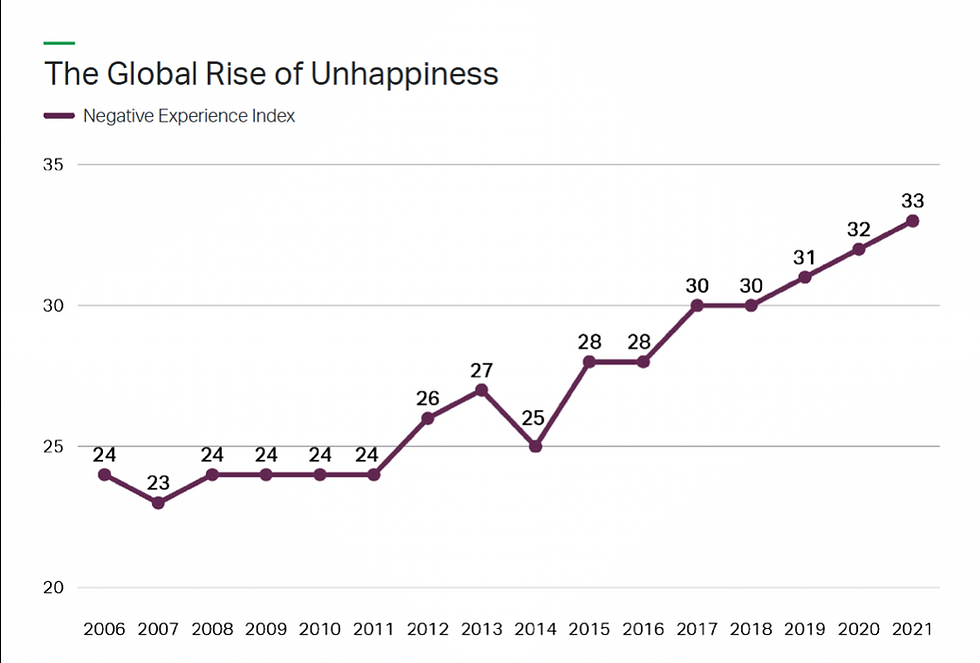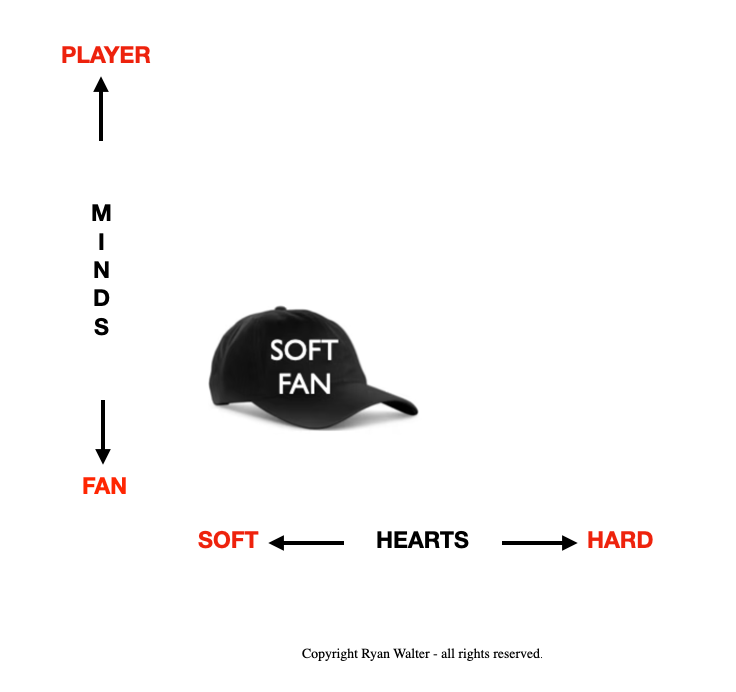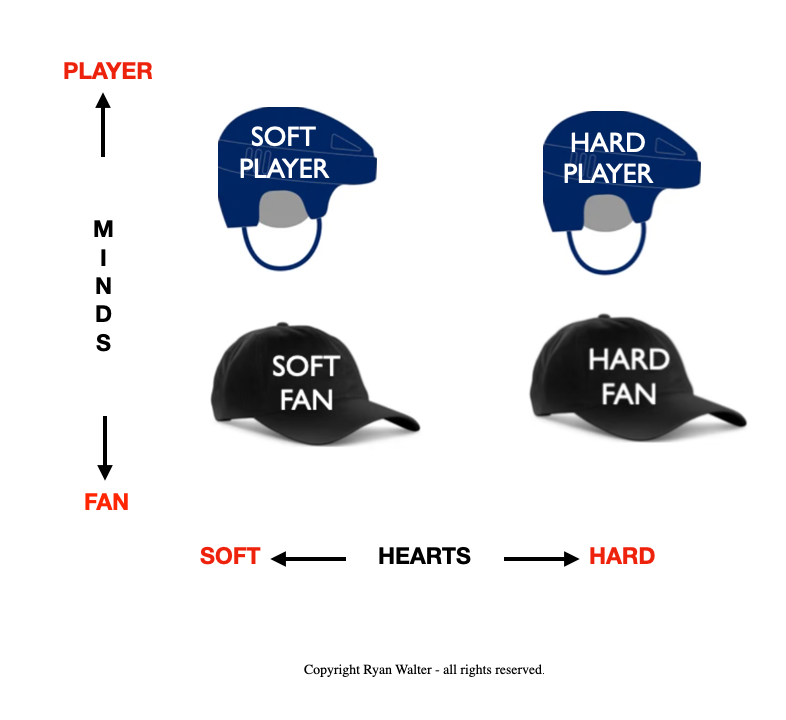FAN or PLAYER/SOFT or HARD?
- Ryan Walter

- Oct 6
- 4 min read
Fall brings both cooler weather and the start of the 2025-2026 hockey season. Many other sports get started also, but I mention hockey because I may have a little connection there, and as you have already discovered in our visual above, we want to create a fun analogy between my game and your leadership.
My 25 years of leadership development and prior to that, 17 seasons in professional hockey, have shown me that people have two choices. They either come to work or they come to win. Wherever you lead - in sports, corporations, companies, schools, churches, or elsewhere - you battle the divide between people coming-to-work and wanting them to come-to-win. As I have reminded leaders across the world, yes, people need to take responsibility for their work or win positioning, but this is also a leadership growth responsibility and opportunity.
Leaders have huge influence on the work or win environment. How we as leaders demonstrate our skills, character, and values can have a powerful influence on which direction our people choose to take. People that come only to work (at the extreme end) are either preparing to leave, or choosing to keep coming to work every day just to collect a paycheque.
Gallup and other polling agencies tell us that a large portion of the world's work force is disengaged. Most days, they are coming-to-work. Combined with Gallup's finding that world-wide "happiness" is tanking (eight out of nine times that Gallup polled the world between 2013 and 2021, "unhappiness" was going through the roof), this either paints a disheartening picture or a huge leadership opportunity.

People coming to just do work in an unhappy state has become today's norm. Helping our people come to win, fully energized, ready to compete hard, and enjoying the game should be a top-five leadership focus. If your company or organization has engaged us to add value to your leaders and culture, you may have experienced the following process and applied some of its simple language. While we are unlikely to fully solve your work or win issue during this short e-newsletter, we can still get a good start.
Hearts and minds fuel the Inner Game of high performance. Identifying options and developing specific common language (naming or labelling) using symbols can be very helpful for optimizing the feelings and thoughts needed for our best game. Let me share a simple process that I have built using (what else?) a hockey metaphor. We use either FAN or PLAYER to identify the MIND, and distinguish between SOFT or HARD for the HEART.

We find the SOFT FAN on the bottom left of the INNER GAME quadrant . Fans are in the building, but have little influence on the game. The soft fan shows up to games, but doesn't know much about the team, and is more invested in the beer and popcorn than the outcome. Soft Fans come to work with no way to win. Soft Fans can become Hard Players but this requires time and attention from an intentional leader.

The HARD FAN is on the bottom right. This fan has the right attitude, loves the culture, fits right in, is invested, but needs to improve certain skills to be able to impact the game. Hard Fans are getting ready, but they need to find their stride. They are on the edge, but still need growth, and some seasoning. Leaders must design specific learning experiences for Hard Fans to reach the next level.

Moving north to the top of the MINDS axis, we find the SOFT PLAYER. These players are on the team, but they need to "show up" more. They might have some good games during the regular season but can't find their second gear in the playoffs. Some soft players need a mentor or at the very least, coaching. I once asked an NHL scout what he thought of a talented young player playing junior hockey in northern Quebec. The scout's response was: "Great talent, but he's soft." Ouch... Soft Players can't be counted on when the game is on the line. Soft Players have to want to become Hard Players. Leaders need to gauge and fuel the HUNGRY spirit of these Soft Players to help them complete their journey.

HARD PLAYERS, on the top right of the quadrant, are the key to winning. Hard Players are all-in. They want to be your best players. They have developed their skill and want to play on the power play, but they recognize what the team needs and will kill penalties if you ask them to. These players know what the win looks like and are focussed on achieving it. Hard Players are coachable and have developed the mindset to consistently get their best game on the ice. Hard players show up. Great leaders learn how to grow Hard Players and keep Hard Players.
We could dive deeper, but for now this quadrant gives us four indicators of where our people are today. This is not a process to judge people, but rather to recognize the growth opportunities in our people's INNER GAME. Growing, developing, building and keeping HARD PLAYERS is critical for a leader's success! Work or Win? Soft Fans come to work; Hard Players come to Win!

We have been discussing your leadership as you help your people win. But what about you? Contact me for a free 20 minute coaching call to have a conversation about where you fit in the quadrant and how you can consistently put on the HARD PLAYER helmet.










Comments